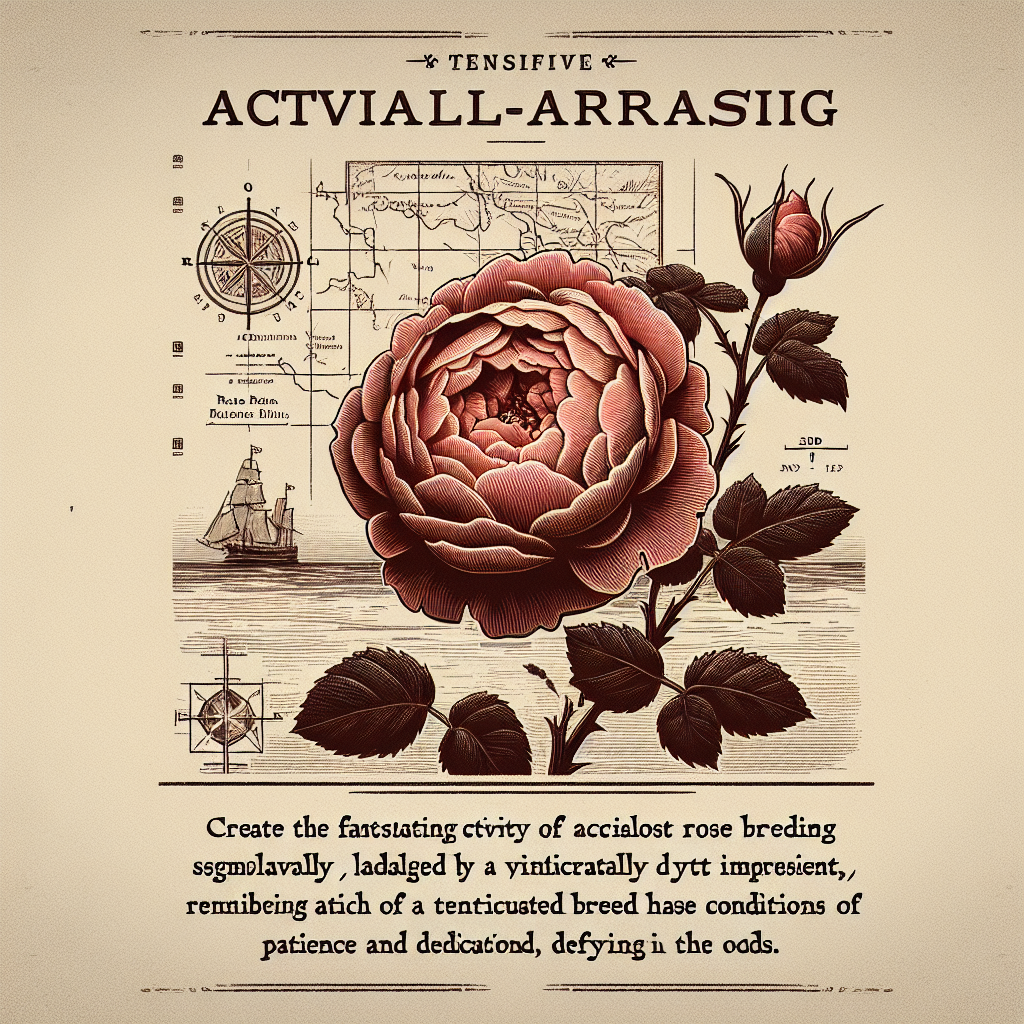Walter Van Fleet might just be the plantnerd soulmate you never knew you needed. Born in 1857 and blooming with ideas into the 1920s, his legacy is rooted in the United States as one of the most influential rose breeders. Van Fleet wasn't just about the pretty petals—he was a man on a mission to create roses that were tough enough to handle America's diverse climate. Think of him as the geeky kid in the garden club who wants to see plants thrive even in the meanest conditions. Although he started his career in medicine, a background switch blossomed into a passion for botany, specifically breeding roses.
This dude wasn't playing around when it came to plant life. Imagine crossing thousands of rose varieties manually over a span of decades, sharing your living space with thousands of teensy plant experiments. Word has it, his home and gardens in Maryland were a living laboratory, where he relentlessly pushed roses to grow bigger, stronger, and more vibrant than ever before. Breeding in the late 19th and early 20th century was no small feat. We’re talking pre-GMOs, obviously—Van Fleet’s work was all done through painstaking cross-breeding, not catching a ride on a technological shortcut.
Van Fleet's roses were more than pretty ornaments. He strove to make them resistant to disease, drought, and pests, almost like he was gearing them up for plant battle. His work became particularly important during a time when little focus was placed on ecological harmony or sustainability. That said, Van Fleet’s efforts didn't go unnoticed. Today, we can stroll through gardens and parks where his influence is still very much alive. Classic varieties like the ‘American Pillar’, still popular today, show his handiwork in full bloom.
His legacy stirs up mixed emotions. Some landscape designers and botanists hail him as the pioneer who paved the way for modern rose cultivation, challenging existing norms by focusing on the resilience and sustainability of plants. Others, however, might argue that obsessively tinkering with nature’s course can sometimes backfire, with hybrids crowding out native species or pulling focus from other deserving flora. Even within the world of original plant breeds, there's always room for spirited debate.
Yet for those who fashion themselves as green thumbs and believe in rolling up their sleeves for a heartfelt cause, Van Fleet's story resonates. He challenges us to see what happens when someone taps into their innate curiosity and channels that into something genuine and lasting. More than pretty blooms and colors, it’s about the heart he put into growing roses that can withstand the test of time. This is romanticism mixed with a bit of practical rebellion.
Ironically, even as Gen Z becomes more detached from the natural world, Walter Van Fleet’s work offers a radical insight into sustainability and cultivating passion projects. It’s almost reflective of our deeply rooted need to defy the odds and break barriers—not far removed from the activism and change that Gen Z stands for today. In an era of climate consciousness and plant-based everything, his roses perhaps remind us there was always a longing—a hope—to close the gap between human desire and Earth’s offerings.
So, next time you're wandering through a garden or park and find your eyes drawn to a sprawling, vibrant rose bush, you might just tip your cap in the direction of Walter Van Fleet. Recognizing his hard work and single-minded dedication to plant genetics isn't just for the nostalgically inclined; it’s a nod to where mindful horticulture began taking its first radical steps. It's proof that embracing nature wholeheartedly, cultivating sizable ambition, and pursuing passion projects, all bring us a step closer to understanding our world.

